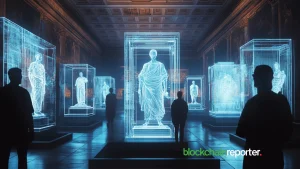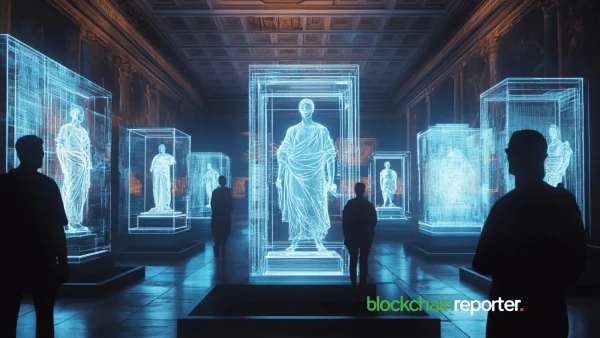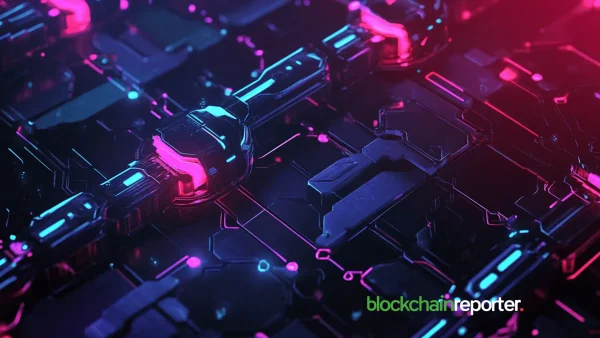
Generative AI chatbots hold the promise of transforming the way we work and create new content, with their seemingly magical ability to respond to any questions, craft an email marketing message or conjure up a 5,000 word essay on almost any topic. The humanlike way in which generative AI can converse also has implications for the gaming industry. It promises to deliver more personalized, interactive and immersive gaming scenarios that evolve dynamically based on the things you tell it.
We’re talking about generative AI chatbots and their integration with “non-playable characters” or NPCs, to create richer interactions and more vibrant and responsive gaming worlds.
In the future, video games will be able to leverage generative AI to create NPCs that not only offer information and quests, but also display behaviors that respond to your interactions with them. It will enable a new level of character development that enhances storytelling within games, creating a more engaging and personalized experience for each player.
A perfect fit for gaming
The video games industry has evolved dramatically from the days of Pac-Man and Space Invaders, with their basic, blocky graphics and predictable movements. These days, AAA games like Fortnite and GTA immerse players into an alternative world with vibrant graphics and engaging stories that evolve as the player progresses. To enable these advances, game developers rely on powerful hardware that can support high-definition graphics, intricate storylines and an array of gaming modes.
These hardware requirements have pushed more gamers towards cloud-based gaming infrastructures, such as Nvidia’s GeForce, Xbox Game Pass Ultimate, Amazon Luna and Steem. These services provide the enormous computing power required for the most realistic games, and they open the door for the integration of next-generation AI systems that can push modern games to a new level.
The potential benefits of generative AI in gaming include more expansive, natural-looking gaming worlds, characters and avatars, but the real promise lies in the technology’s ability to transform NPCs, giving them more varied behaviors, personalities and expressive abilities, as well as long-term memory, so they can remember their previous interactions with gamers. Generative AI-powered NPCs will be capable of more realistic and exciting interactions, transforming gameplay experiences.
Early examples of AI-powered NPCs
Video games developers have already provided us with a taste of what this world will look like. At this year’s GDC 2024 conference, Nvidia and Ubisoft teamed up to demonstrate what they described as “dynamically responding nonplayer characters”, showcasing various ways in which they can interact with players, mimicking real-world interactions.
Those companies haven’t yet announced any plans to integrate their dynamically responding NPCs in any specific games, but many others are working on similar initiatives. For instance, Microsoft said in November 2023 that it’s working with Inworld AI to develop AI-generated game dialogue and narrative tools for games developers.
Some smaller developer studios have gone even further. AMGI, a Los Angeles-based creative studio, has recently launched its first title, “My Pet Hooligan,” showcasing the power of generative AI in gaming, as well as the capabilities of blockchain and digital asset ownership. The game, which merges elements of GTA, Zootopia, and Ratchet and Clank, sees gamers take control of an NFT-based anthropomorphic rabbit, or Hooligan, rebelling against the rule of a mysterious corporate overlord called the Meta ZuckBot, which has enslaved the world.
“My Pet Hooligan” leverages the decentralized gaming infrastructure of the KARRAT Protocol, providing a robust platform for innovative game development and digital asset integration. Besides its blockchain features, one of the most notable innovations in “My Pet Hooligan” is its integration of AI-powered NPCs to enrich player interactions and create an original experience for each player. The game also uses motion capture technology to reflect the player’s facial expressions on their on-screen rabbit character.
Another interesting project is Hidden Door’s closed alpha game, which is similar to Dungeons and Dragons and uses AI to actively generate new encounters each time it’s played. Players have to type a response to each situation they find themselves in, and the AI responds in an original way each time, so players can essentially go in any direction they choose.
More dynamic & responsive gameplay
Generative AI chatbot integrations with NPCs are still very much in the experimental phase, and the first examples will deliver a new level of personalized interactions. Imagine, for example, you’re playing Skyrim and you enter a bar. You’ll be able to approach anyone at random. For instance, you might strike up a conversation with a guard and ask him about his training and where he came from, and he will respond in a realistic way.
As the technology advances, we can expect generative AI NPCs to become even more powerful, with player’s conversations having a direct impact on the story or plot. This will require more capable systems with extensive memory to enable whatever a player does or says to change the direction of the story. NPCs will be able to remember their past interactions, and their behavior towards players will be guided by those experiences.
Ultimately, generative AI will enable game developers to generate new plots on the fly, and ensure that plot fits with the player’s actions. This should be more than possible. ChatGPT has already shown its ability to generate new stories from a simple prompt, so it’s simply a matter of the graphics engine interpreting whatever is said and how the plot will be impacted.
It might take a few years to get there, but generative AI is certain to transform the world of gaming in ways we cannot even yet imagine.
The future of immersive gaming?
AI chatbots have the potential to dramatically alter the trajectory of game development, enabling the creation of more intelligent NPCs that can alter the way players interact with virtual worlds. Rather than selecting from a variety of pre-set dialogues, developers will be able to create characters with an unlimited range of responses. Players will be able to have open-ended conversations with any character, and those interactions can help shape the narrative.
There are still some limitations to generative AI, but the industry is advancing rapidly, closing the gap between real-world and virtual-world interactions. The futiure of gaming is sure to involve generative AI, meaning more engaging conversations with NPCs that can understand both context and the player’s emotions and respond in more realistic ways. Games will become more interactive, more personal, more engaging, and the result will be an unforgettable experience.









